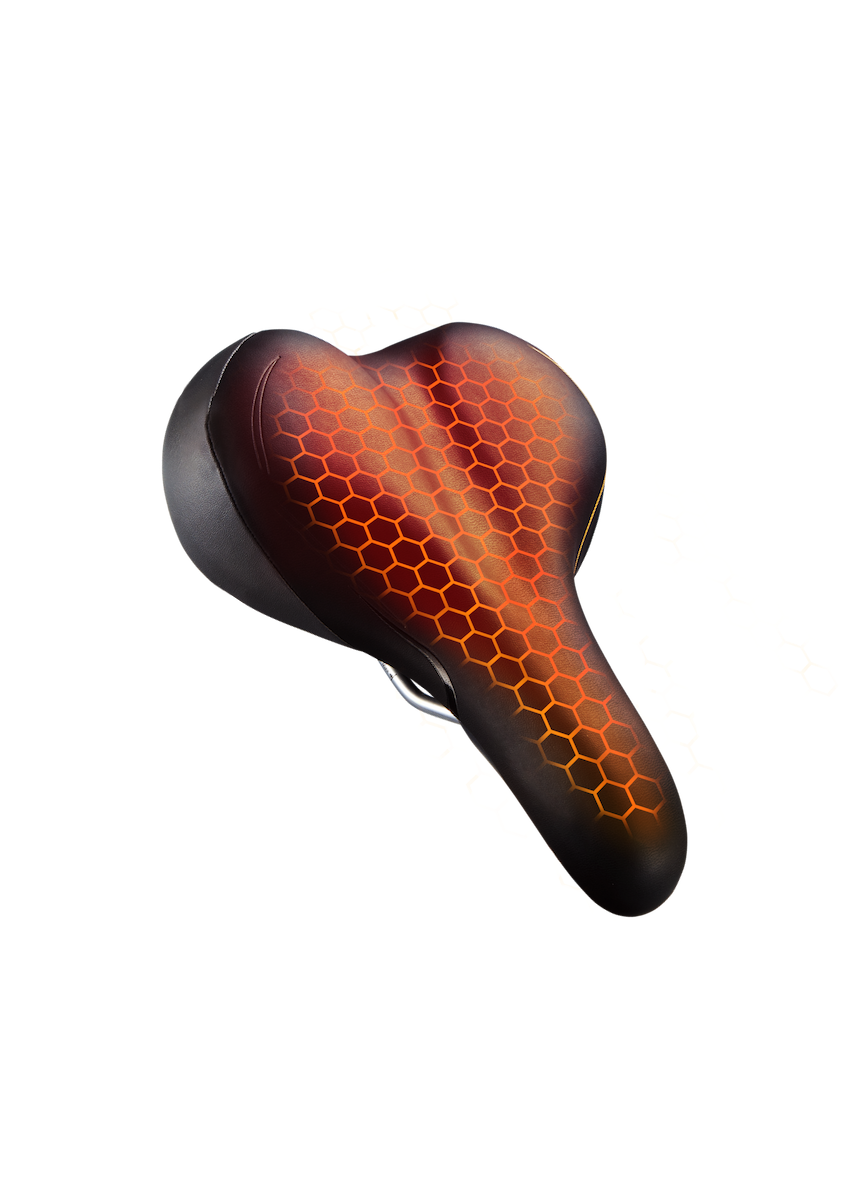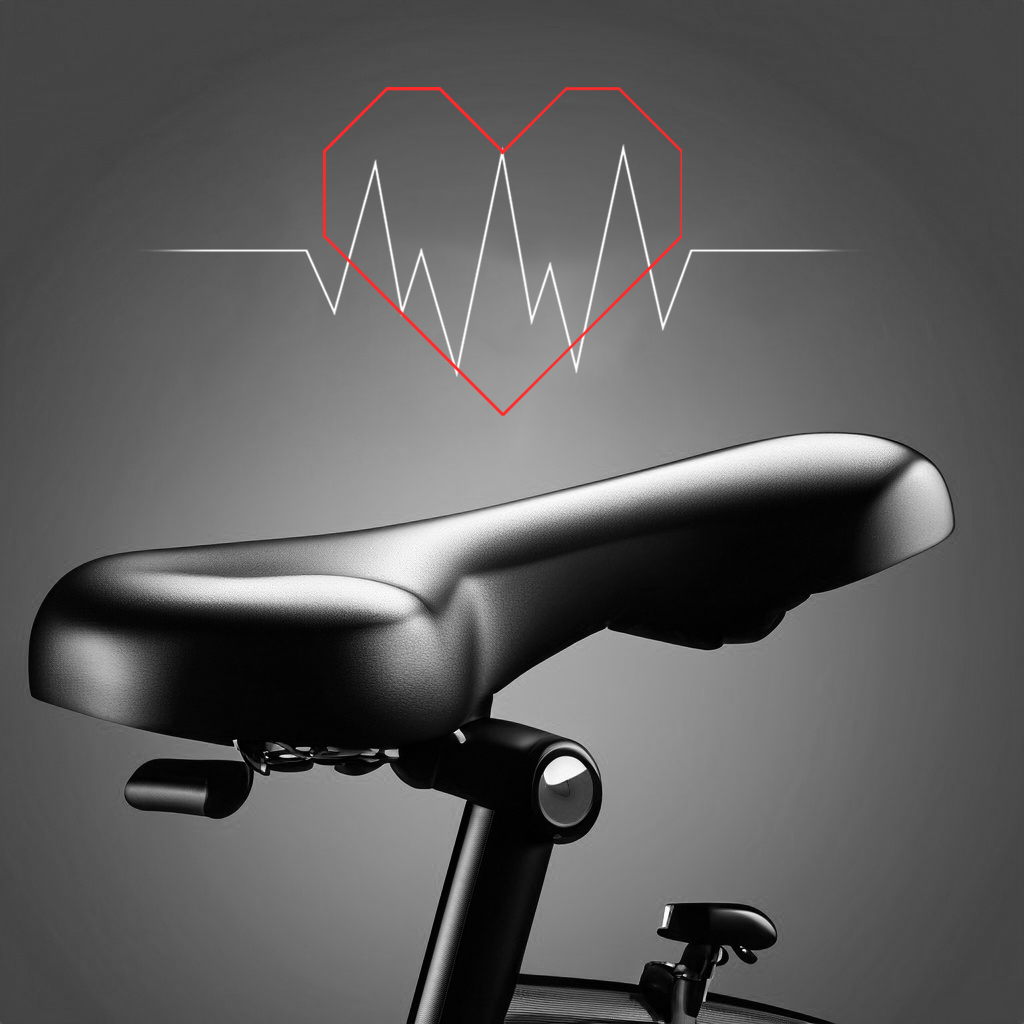Evolving AI A New Possibility of the Future Smart Saddle
Since the ChatGPT, AI application enters into a whole new dimension and it virtually affects all aspects of people’s daily life. Under this circumstance, what can we expect in the future of smart cycling?
Creativity and demand have been the most important factors and momenta that Velo kept innovating. Along with the global trend of cutting carbon emissions while maintaining excellent quality, the patented Y-cut series has evolved into various exquisite products. Among these, the Angel Revo which won the Taipei Cycle d&i Award 2023 is the best example. The most popular greeting in every cycle industry function is “What will be the next innovation? What does the future entail?”

“Are heated saddles doable? Will smart saddle have more functionalities?” are just two examples from the ever-growing wish list that customers gave to Ann Chen, the Vice President of Velo. So Ann brainstormed with the Associate Professor of Communications Engineering, Feng Chia University, Ja-hao, Chen to delineate the possibility of the future saddle.
To be smarter, more humanistic, and multi-functional is the major direction of AI technology applications in the future. Professor Chen explained that as the science of interacting and transforming data via the internet, communications engineering could be the basis of many Kinesiology applications. By the same token, the future smart saddle can be the best tool for real-time data interaction and transformation.
Heated seats have been a popular option in luxury cars for decades since installing heating chips under the seat cover is not difficult. But Velo wants to bring it further to make it smarter, more humanistic, and more multi-functional. When the cyclist’s physical condition and the environment such as the length of cycling, slop of the path, and the body temperature of the cyclist are taken into consideration, they could help to regulate the temperature of the saddle.
Professor Chen further elucidated this concept with his current research project, a real-time apparatus to monitor the effect of earthquakes on bridges. “Upon earthquake, we can access the data recorded on the gyroscopes and accelerators installed on bridges from the app. on our cell phones. Other than sending out warning sirens, these data can also be used to conduct further simulations.”

Similarly, Professor Chen explained, that if we install gyroscopes and accelerators as well as electrical circuits and microcontrollers, then we can monitor the cyclists’ specs such as speed, directions, front wheel rotation, rear wheel rotation, angles of the wheels, pressures on the saddle, etc. By analyzing all the data collected during cycling plus the basic information including the cyclists’ heights, weights, and heart rates, the cyclists can understand their riding situations and make immediate appropriate adjustments to perform better. When combined with an AI app., it will be a personal AI trainer and/or personal bike fitter which gives suggestions during the entire cycling!
From the perspective of a smart, humanistic, and multifunctional saddle, the future of cycling is more than various possibilities, there will be a whole new experience in cycling!